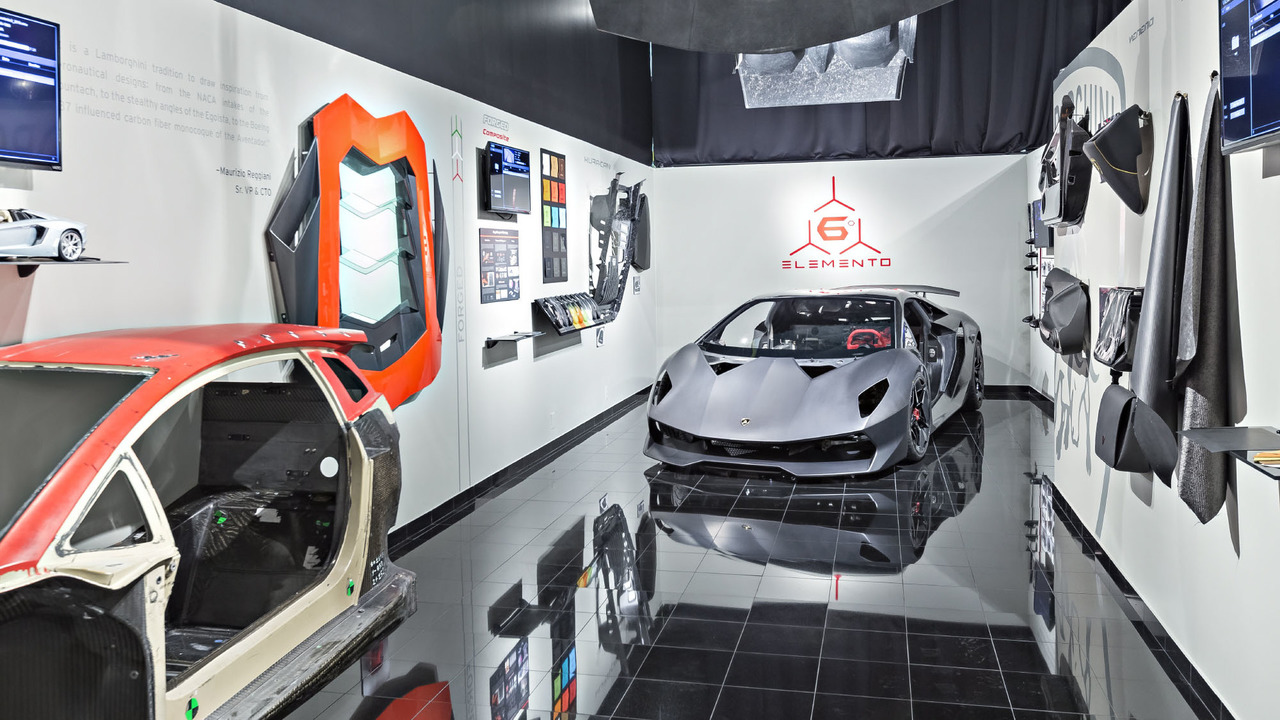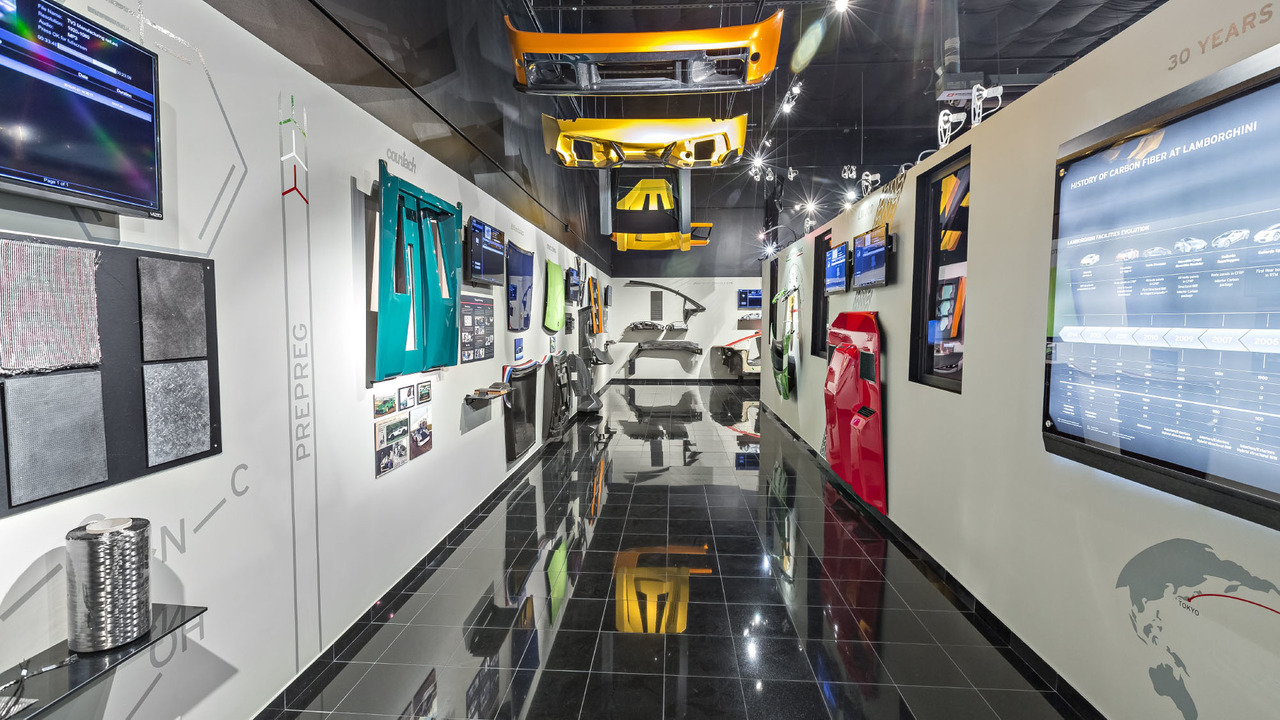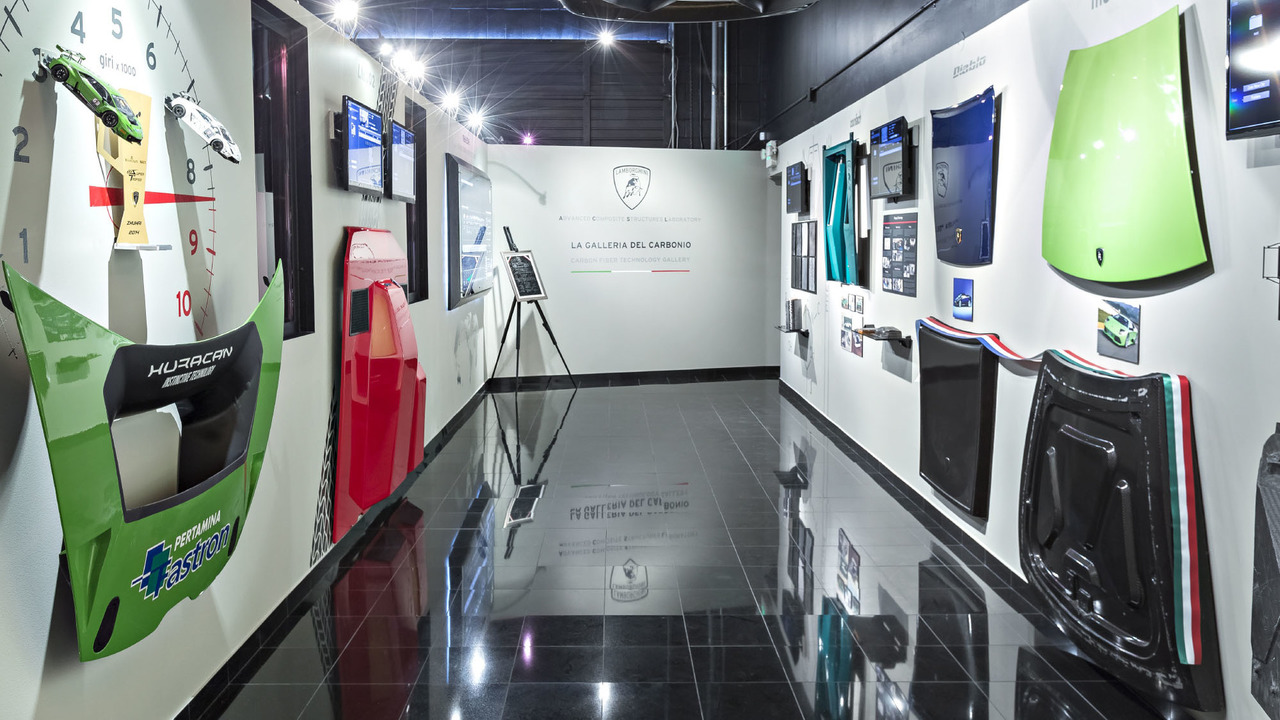Lamborghini Opens Carbon Fiber Research Lab in Seattle
Lamborghini remains heavily committed to remaining a leading innovator in the area of composite materials manufacturing, as evidenced by the official grand opening of their Advanced Composites Structures Laboratory (ACSL) last month in Seattle, Washington.

Why Is The Lambo Lab In Seattle?
The “Lambo Lab” has actually been operating in Seattle since 2007, previously based at the University of Washington, but now gets its own dedicated 8000-square foot facility in the city’s Interbay district. Lamborghini’s decision to remain in Seattle is a strategic one. The placement of their new research center means the Italian manufacturer will continue to have a physical space in relatively close proximity to the headquarters of longstanding partner Boeing — the aerospace giant with an equally keen interest in composites manufacturing.
Lamborghini Introduces Carbon-Fiber
Lamborghini, as an exotic car manufacturer, are concerned primarily with one specific composite material, carbon fiber, which began to be used in the construction of its futuristic, wedge-shaped sports cars as far back as 1985 with the Countach 5000 QV. With a crude understanding of carbon-fiber-composite (CFC) and its associated manufacturing techniques, the material originally only found its way into simple structures like body panels.
The production process of the composite itself was also very rudimentary at the time, requiring the carbon-fiber cloth to be hand-laid, layer by layer — a labor and time-intensive technique that only highly skilled workers could perform. The final step of the process required the mold and CFC material to be “baked” in a vacuum-pressure cooker called an autoclave for up to 24 hours, further adding time and complexity to the production of the lightweight composite.

Dr. Feraboli Creates Forged Composite
The rather slow and expensive process of CFC production remained widespread until a few years ago when Dr. Pablo Feraboli — founder and Director of the ASCL — and Lamborghini patented a new production process called Forged Composite technology. Forged Composite technology essentially eliminates the autoclave step of the production process, drastically reducing the amount of time required to produce CFC parts.
Sesto Elemento Stuns In Paris
Lamborghini proudly displayed their mastery of Forged Composite through the Lamborghini Sesto Elemento, which debuted at the 2010 Paris Motor Show. 80% of the car by weight was comprised of parts made using Forged Composite technology, including the chassis, structural panels, and even suspension arms. Curb weight was reportedly just under 1,000kg, or roughly 2,202lbs.

Even Without Its Weave, Carbon Still Beautiful
One immediately apparent difference between traditional carbon-fiber and Forged Composite is in visual appearance. The “weave” pattern of traditional carbon-fiber created by the individually laid layers of carbon cloth, which is what most enthusiasts tend to think of when hearing the term carbon-fiber, is noticeably absent with Forged Composite parts. They instead appear speckled or camouflaged, the patterns of which resemble swirled marble or burl wood.
It make take some massaging for Lamborghini customers and fans to grow to appreciate the new look of lightweight, but in terms of the avenues it’s opened for the manufacturer to continue pursuing performance, Forged Composite truly is worth its own weight in….dare I say carbon?
Lamborghini For Sale

